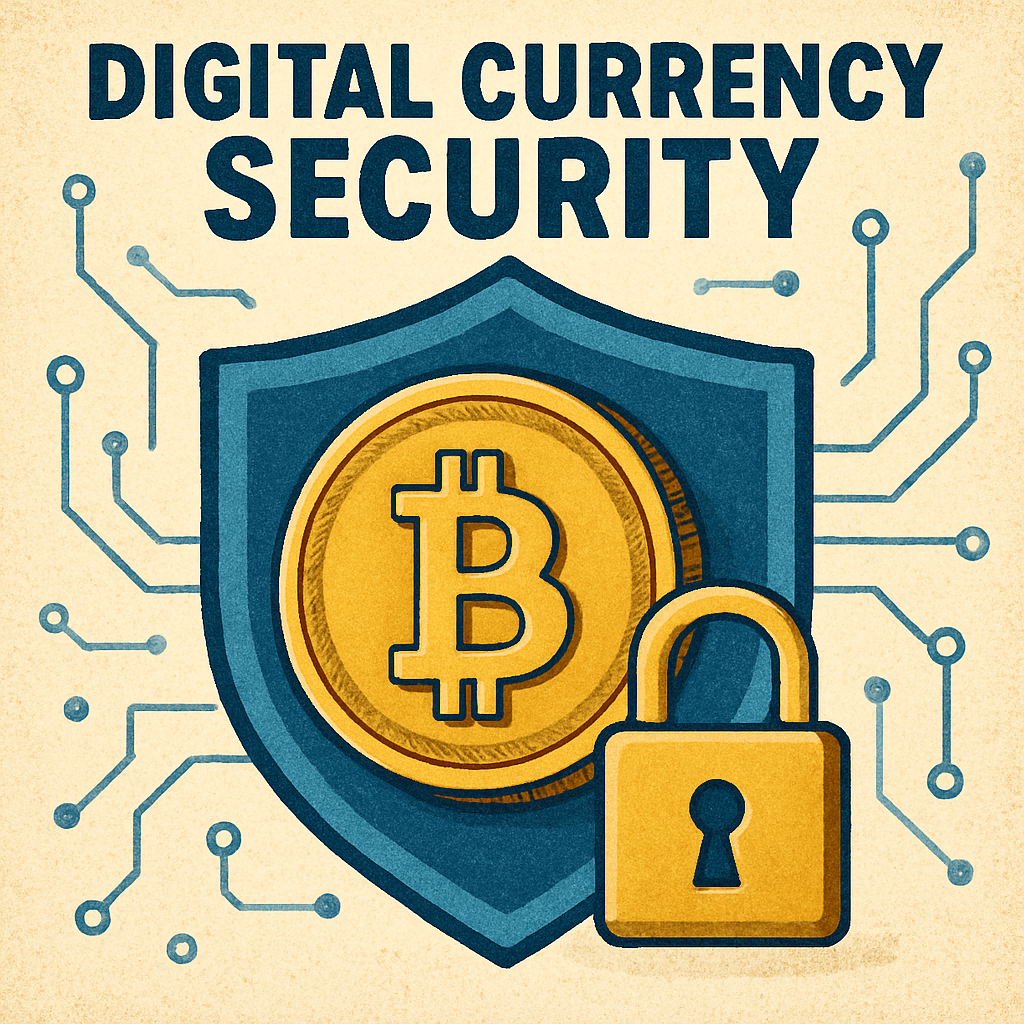In an era where digital assets are increasingly becoming part of our financial ecosystem, cryptocurrencies like Bitcoin have gained massive popularity. However, with this rise in digital currency usage, there also comes the risk of theft and loss. Many users find themselves asking: how do I recover stolen crypto assets? Can stolen crypto actually be recovered? In this article, we will explore various tools and techniques that can aid in the recovery of lost or stolen cryptocurrencies.
Before delving into recovery methods, it is important to understand how crypto theft occurs. Cryptocurrencies operate on a decentralized ledger called the blockchain, which is designed to be secure and transparent. However, the security of individual crypto wallets is only as strong as the measures taken to protect them. Common vulnerabilities include phishing scams, hacking, and malware attacks that target crypto wallets and exchanges.
Types of Crypto Losses
Crypto losses can generally be categorized into two types:
- Stolen Crypto Assets: This occurs when unauthorized individuals gain access to your crypto wallet and transfer your assets to their own accounts.
- Lost Crypto Assets: This happens when users lose access to their wallets due to forgotten passwords, lost private keys, or hardware malfunctions.
Can Stolen Crypto Be Recovered?
The decentralized nature of cryptocurrencies makes recovery challenging but not impossible. While there are no guarantees, certain tools and techniques can increase the likelihood of recovery.
Reporting the Theft
The first step in attempting to recover stolen crypto is to report the theft to the appropriate authorities. This includes filing a report with your local law enforcement and notifying your crypto exchange if the theft occurred on their platform. Some exchanges have protocols in place to handle such cases and can freeze the assets if they are still within their system.
Blockchain Analysis Tools
Blockchain analysis tools are specialized software designed to trace the movement of cryptocurrencies on the blockchain. These tools can help identify where the stolen assets have been transferred. Companies like Chainalysis and Elliptic offer services to track and analyze blockchain transactions. While this doesn’t guarantee recovery, it can provide valuable information for authorities to act upon.
Hiring a Recovery Expert
There are professionals who specialize in recovering stolen or lost crypto assets. These experts use a combination of technical skills and industry knowledge to attempt recovery. They may also work with blockchain analysis tools to track the movement of stolen assets. However, it is crucial to vet these experts carefully, as the industry is also plagued with scams.
Utilizing Private Key Recovery Services
For those who have lost access to their crypto wallets due to forgotten passwords or lost private keys, private key recovery services may offer a solution. These services attempt to recover your private key through various methods, including cryptographic techniques and brute force attacks. It’s important to use reputable services, as sharing sensitive information can put your assets at further risk.
Techniques for Recovering Lost Crypto
While recovering stolen crypto can be difficult, recovering lost crypto due to user error is slightly more straightforward.
Wallet Backup and Recovery
Most crypto wallets offer backup and recovery options. Regularly backing up your wallet can prevent losses due to hardware failure or loss of access credentials. Wallets usually provide a seed phrase or recovery key that can be used to restore access. Always store this information in a secure and accessible location.
Using Wallet Recovery Services
Some services specialize in recovering wallets that users can no longer access. These companies employ advanced techniques to regain access to wallets, but as with any service involving sensitive data, ensure you are dealing with a trustworthy provider.
Community Assistance
Crypto communities are often willing to help individuals recover lost assets. Forums and social media platforms can be valuable resources for tips and advice on recovery methods. However, exercise caution and do not share sensitive information publicly.
Preventative Measures
by Ryan Born (https://unsplash.com/@b0rno)
The best way to deal with crypto theft and loss is through prevention. Implementing strong security measures can significantly reduce the risk of losing your digital assets.
Use Secure Wallets
Invest in a secure wallet, preferably a hardware wallet, which offers offline storage and is less susceptible to online threats. Ensure your software wallets are up-to-date with the latest security patches.
Enable Two-Factor Authentication (2FA)
Two-factor authentication adds an extra layer of security to your accounts. Even if your password is compromised, the attacker would still need access to your 2FA method to gain entry.
Be Wary of Phishing Scams
Phishing is a common tactic used to steal crypto credentials. Always verify the authenticity of emails and websites before entering sensitive information.
Educate Yourself
Stay informed about the latest security threats and best practices in the crypto space. Knowledge is one of the strongest tools in protecting your assets.
Conclusion
While recovering stolen or lost cryptocurrencies can be a daunting task, the right tools and techniques can make a significant difference. Understanding the nature of crypto theft, utilizing blockchain analysis tools, hiring experts, and implementing preventative measures can help safeguard your digital assets. Remember, the best protection is a proactive approach to security and staying informed about the ever-evolving crypto landscape.


